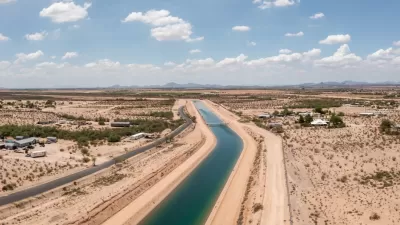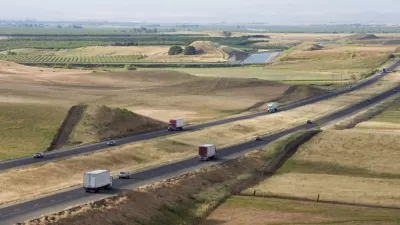With a rapidly growing population and strained water supplies, Utah lawmakers and conservation groups debate how to best replenish the state's water sources.
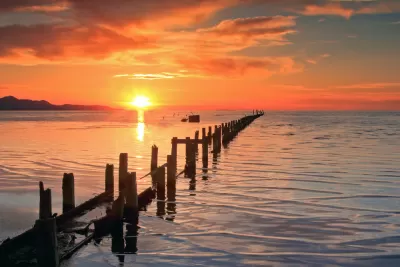
Utah policymakers are facing increasing urgency to conserve and replenish water supplies in the state as its population grows faster than any other state's and groundwater supplies dwindle. As Brett Walton reports, state officials are proposing pipeline projects that would bring water from distant sources. "But public interest advocates assert that spending billions of dollars to build pipelines to transport water from distant sources is foolish."
Each pipeline project raises questions that are fundamental to life in the arid western United States, and essential for Utahans to consider before the current homebuilding spree establishes land use and development patterns that will influence water demand for a generation: How do growing communities live with limited water? And will past behaviors be adapted to new climate and demographic realities?
Conservationists argue the state can do more to reduce water usage and curb waste before building new pipelines and reservoirs that could damage the environment, use taxpayer funds, and provide only short-term solutions to the state's growing water crisis. According to Walton, "In 2019, the Utah Legislature ordered a report on actions that could help preserve the Great Salt Lake and its wetlands." The report outlined several recommended conservation measures, including: "expanded metering of residential irrigation water, better data collection to understand how water is being used, bringing land-use planners and water providers together, reducing lawn sizes."
FULL STORY: Utah has a water dilemma

Study: Maui’s Plan to Convert Vacation Rentals to Long-Term Housing Could Cause Nearly $1 Billion Economic Loss
The plan would reduce visitor accommodation by 25,% resulting in 1,900 jobs lost.
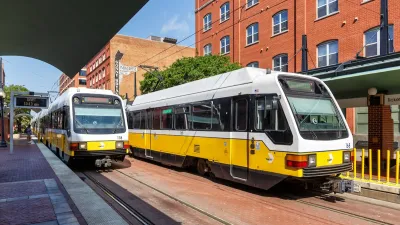
North Texas Transit Leaders Tout Benefits of TOD for Growing Region
At a summit focused on transit-oriented development, policymakers discussed how North Texas’ expanded light rail system can serve as a tool for economic growth.

Why Should We Subsidize Public Transportation?
Many public transit agencies face financial stress due to rising costs, declining fare revenue, and declining subsidies. Transit advocates must provide a strong business case for increasing public transit funding.
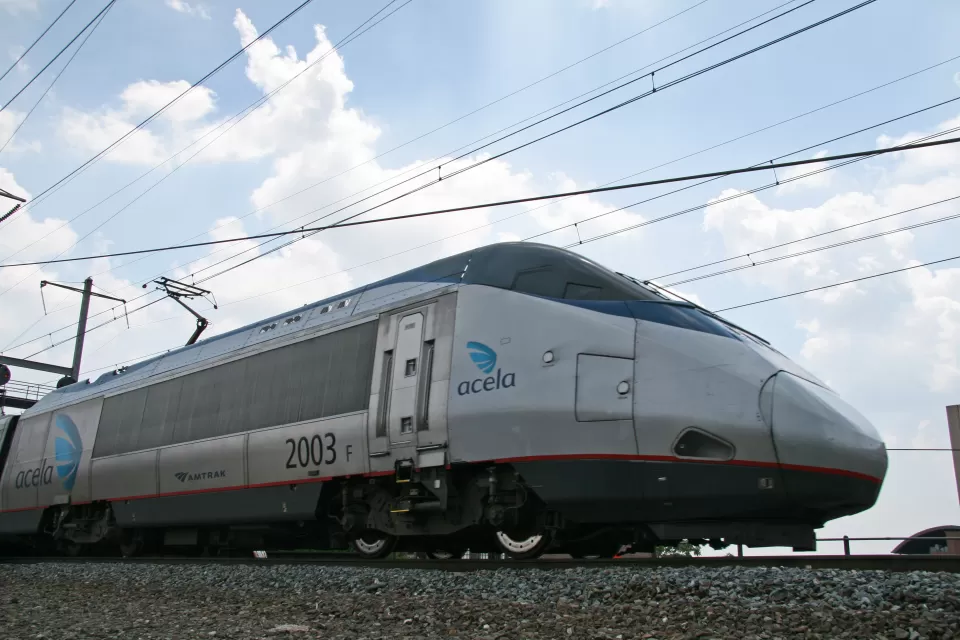
How to Make US Trains Faster
Changes to boarding platforms and a switch to electric trains could improve U.S. passenger rail service without the added cost of high-speed rail.

Columbia’s Revitalized ‘Loop’ Is a Hub for Local Entrepreneurs
A focus on small businesses is helping a commercial corridor in Columbia, Missouri thrive.

Invasive Insect Threatens Minnesota’s Ash Forests
The Emerald Ash Borer is a rapidly spreading invasive pest threatening Minnesota’s ash trees, and homeowners are encouraged to plant diverse replacement species, avoid moving ash firewood, and monitor for signs of infestation.
Urban Design for Planners 1: Software Tools
This six-course series explores essential urban design concepts using open source software and equips planners with the tools they need to participate fully in the urban design process.
Planning for Universal Design
Learn the tools for implementing Universal Design in planning regulations.
City of Santa Clarita
Ascent Environmental
Institute for Housing and Urban Development Studies (IHS)
City of Grandview
Harvard GSD Executive Education
Toledo-Lucas County Plan Commissions
Salt Lake City
NYU Wagner Graduate School of Public Service


























